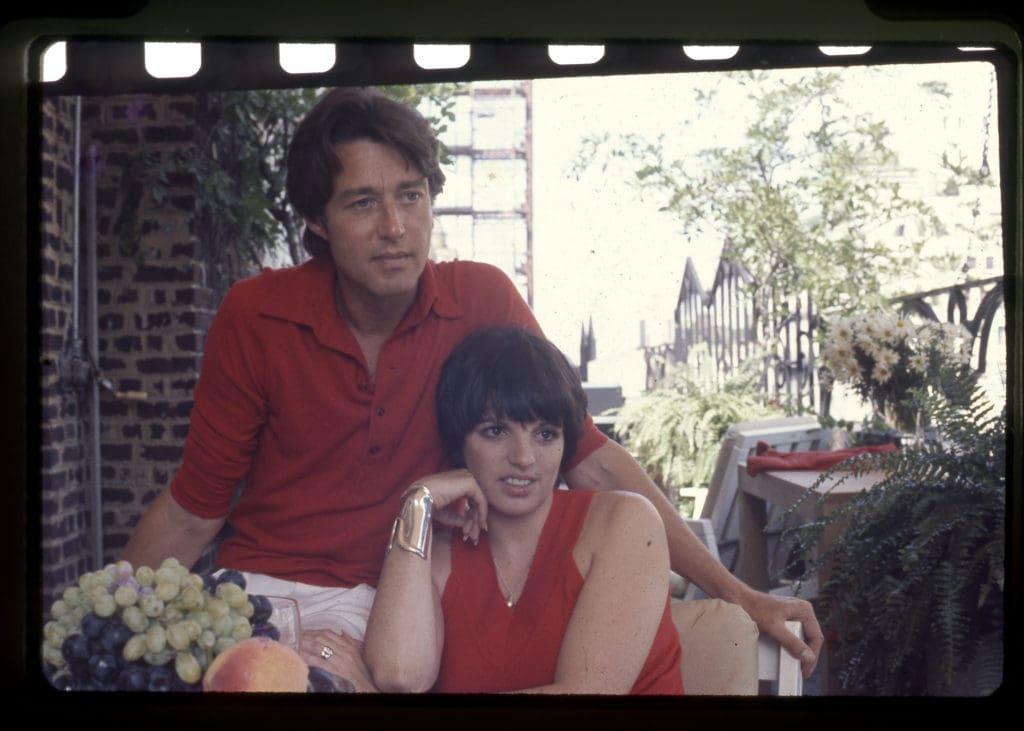
Have you heard of Roy Halston? Born in Depression-era Des Moines, Iowa, and known simply as “Halston,” his clean, un-fussy designs defined women’s fashion in the ’70s. He threw the infamous party at Studio 54 where Bianca Jagger was photographed riding a horse. He was one of the American designers who stunned Paris at The Battle of Versailles. He designed the iconic pillbox hat Jacqueline Kennedy wore to her husband’s 1961 inauguration. So how did a designer whose work defined glamor for decades become known only for cheap perfume available at retailers like Wal-mart? That’s the question director Frédéric Tcheng attempts to answer in the appropriately-named Halston, which screened at Tribeca tonight.
Right from the start, the film establishes Halston’s career trajectory as a mystery to be solved through a fictional narrator played by fashion writer and multi-hyphenate, Tavi Gevinson. As “Chloe the Narrator” erases one video tape after another of Halston’s glamorous life, we hear and see interviews with the designer’s contemporaries, talking about how by 1984, he had all but disappeared from the scene he once dominated. It’s a clever device that takes advantage of audiences’ familiarity with the techniques of true crime to draw them in, but it may not work for those who already know what happened.
However, regardless of your knowledge of fashion history, the interviews and archival footage that make up the film’s bulk will impress any viewer. Using a mix of video, pictures and article clips, Tcheng moves quickly but coherently through the stages of Halston’s career. We see him go from chief milliner at New York City’s Bergdorf Goodman’s, to his norm-challenging runway shows for his own line, to his time holding court at Studio 54 with Andy Warhol. It’s a brilliant display of Halston’s genius and celebrity that makes it clear to even those who don’t follow fashion how influential Halston was.
Just as convincing are the interviews with Halston’s former collaborators. Both then and now, we hear models like Alva Chinn, Pat Cleveland, Karen Bjornson (all part of a subset of the designer’s entourage the press dubbed the Halstonettes) talk about what it was like to work with him. We even get to see Liza Minnelli herself, who started wearing only Halston in the ‘70s and has ever since. Still, while hearing those women talk about how Halston’s clothes made them feel “powerful” is important, Tcheng’s smartest move is to show us why his clothes were so revolutionary.
As Fred Dennis of New York City’s Fashion Institute of Technology explains, not only were all of Halston’s garments cut on a bias (meaning that they were cut against the grain of the fabric) but that most were made from a single piece of fabric expertly draped and tailored. The result, as Chinn and Cleveland in particular describe it, is that Halston’s clothing emphasized the natural lines of the female body, requiring almost no structure beneath. Knowing that background makes it easy to admire the video of models twirling and moving in the clothes and we fully understand how liberating the designs were for women just as they were being liberated in other ways.
That said, Tcheng does such a good job convincing the viewer of Halston’s brilliance, it makes his downfall that much more devastating. It’s perhaps best not to say exactly how to preserve the experience for those who don’t already know, but it has to do with Halston’s decision to partner with J.C. Penney on an affordable line. Today, designers frequently create lines for chains like Target or Sears, but then, it was a controversial move that soured Halston’s reputation with the fashion elite who made him popular in the first place.
Watching Halston’s rapid fall from grace (particularly the great movie villain Tchengfinds in Carl Epstein, the company man sent to reign in Halston’s spending and his creativity too), it quickly becomes clear that the framing device and Chloe the Narrator didn’t need to exist at all. Gevinson’s narration disappears for large stretches of the film simply because the interviews and archival footage are more than enough to tell the story. And while the character’s growing fascination with Halston as she erases the videos mirrors the audience’s, it’s simply too literal an expression of intent on Tcheng’s part. That is, except for the final shot.
In it, Gevinson approaches a wall covered with several mirror panels in a flowing red Halston dress. It may be too long for her, but after hearing what models like Chinn and Cleveland praise the clothing, it’s impossible to deny the glamor it suddenly gives “Chloe”. As she twists and turns in the mirror, shifting the way the fabric drapes around her, everything the interviewees said about the designer’s genius is proven by that single piece of fabric. Sure, the journey to that moment is the result of a fussy affectation of the kind Halston himself was often guilty, but not even the artifice can distract from the pure beauty and artistic genius at its heart.

